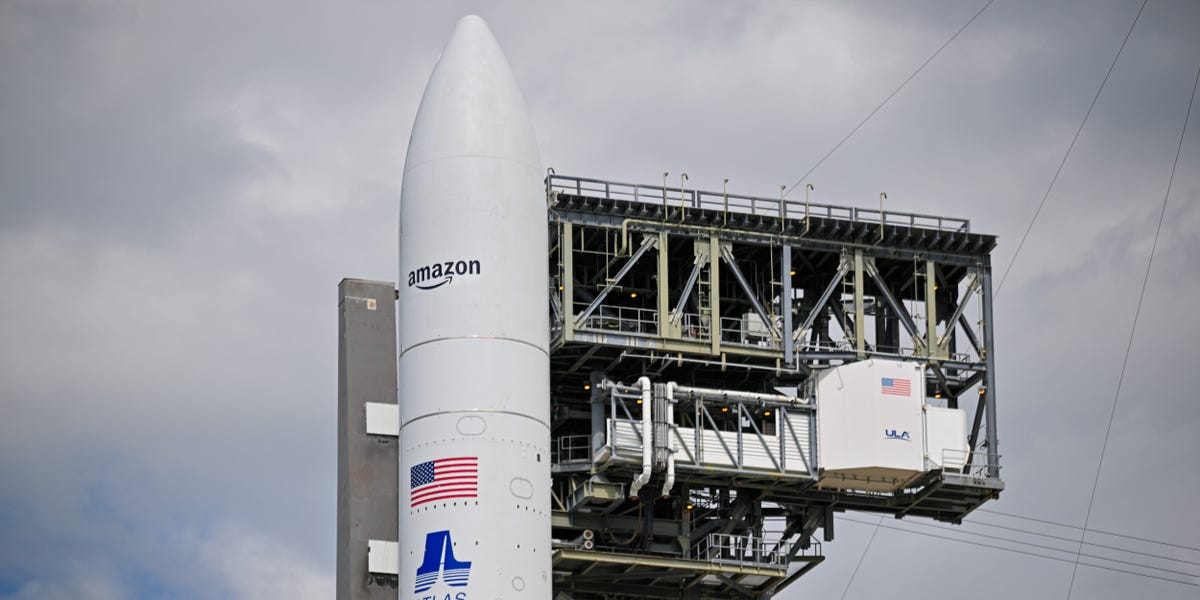Sky-High Ambitions: Inside Amazon's Quest to Revolutionize Global Internet Connectivity

Amazon is set to revolutionize global internet connectivity with Project Kuiper, an ambitious satellite internet constellation designed to bridge the digital divide. This innovative venture aims to bring high-speed broadband to remote and underserved regions around the world, directly challenging Elon Musk's Starlink in the race to provide global internet access.
By deploying thousands of low-Earth orbit satellites, Amazon plans to create a comprehensive network that can reach areas traditionally left behind by conventional internet infrastructure. The project represents a significant investment in telecommunications technology, promising to connect millions of people in rural and hard-to-reach locations with reliable, high-speed internet service.
Unlike traditional internet providers, Project Kuiper leverages cutting-edge satellite technology to overcome geographical barriers, offering hope for communities that have long struggled with limited or no internet connectivity. As the competition in satellite internet heats up, Amazon is positioning itself as a formidable player in this transformative technological landscape.
With its massive resources and technological expertise, Amazon is poised to make a substantial impact on global internet accessibility, potentially bringing digital opportunities to millions of people worldwide who have been previously disconnected.
